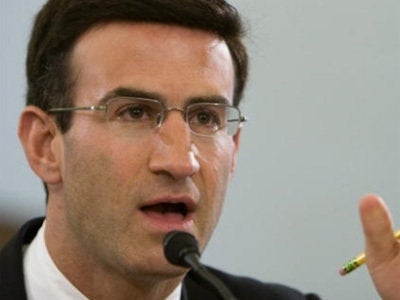
In 2006 Robert Rubin and his allies created the Hamilton Project, housed at the Brookings Institution, to think about what a future Democratic administration would do. (Senator Obama attended the opening.)
From a tactical standpoint, this was a brilliant move. It developed people, including Peter Orszag and Jason Furman (directors of the project), trained a team, and created an agenda.
Unfortunately, financial reform was not -- and perhaps still is not -- on this agenda. The financial crisis more than blindsided them; it overturned their entire way of thinking about the world. At least in part, this explains their slow, partial, and unsatisfactory response. In any case, it hasn't worked out for them -- or for us.
Wednesday morning there was a potential step in another direction. (Alternative link.) There are many questions.
Can would-be reformers agree? This is probably the easy part, at least for now.
Will there be continuity and personnel development, for example in the Institute for New Economic Thinking and the Roosevelt Institute?
Where's the "Geithner wing" of this movement -- i.e., the people with practical policy experience inside the regulatory machine, who can be brought in to senior government positions?
And who will provide the political leadership? All eyes are on the Senate -- but who exactly will step up and on what basis?
Cross-posted from The Baseline Scenario.